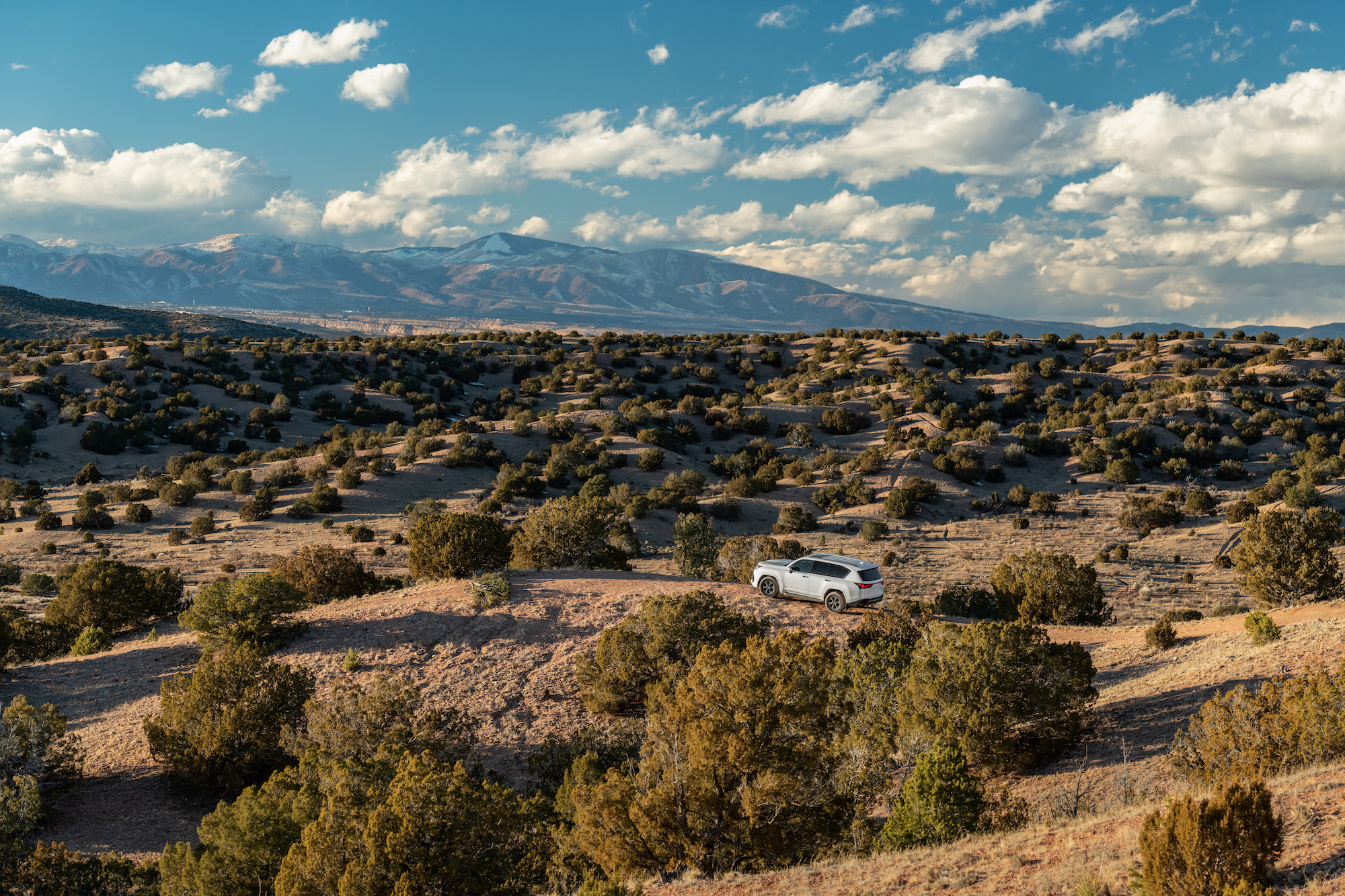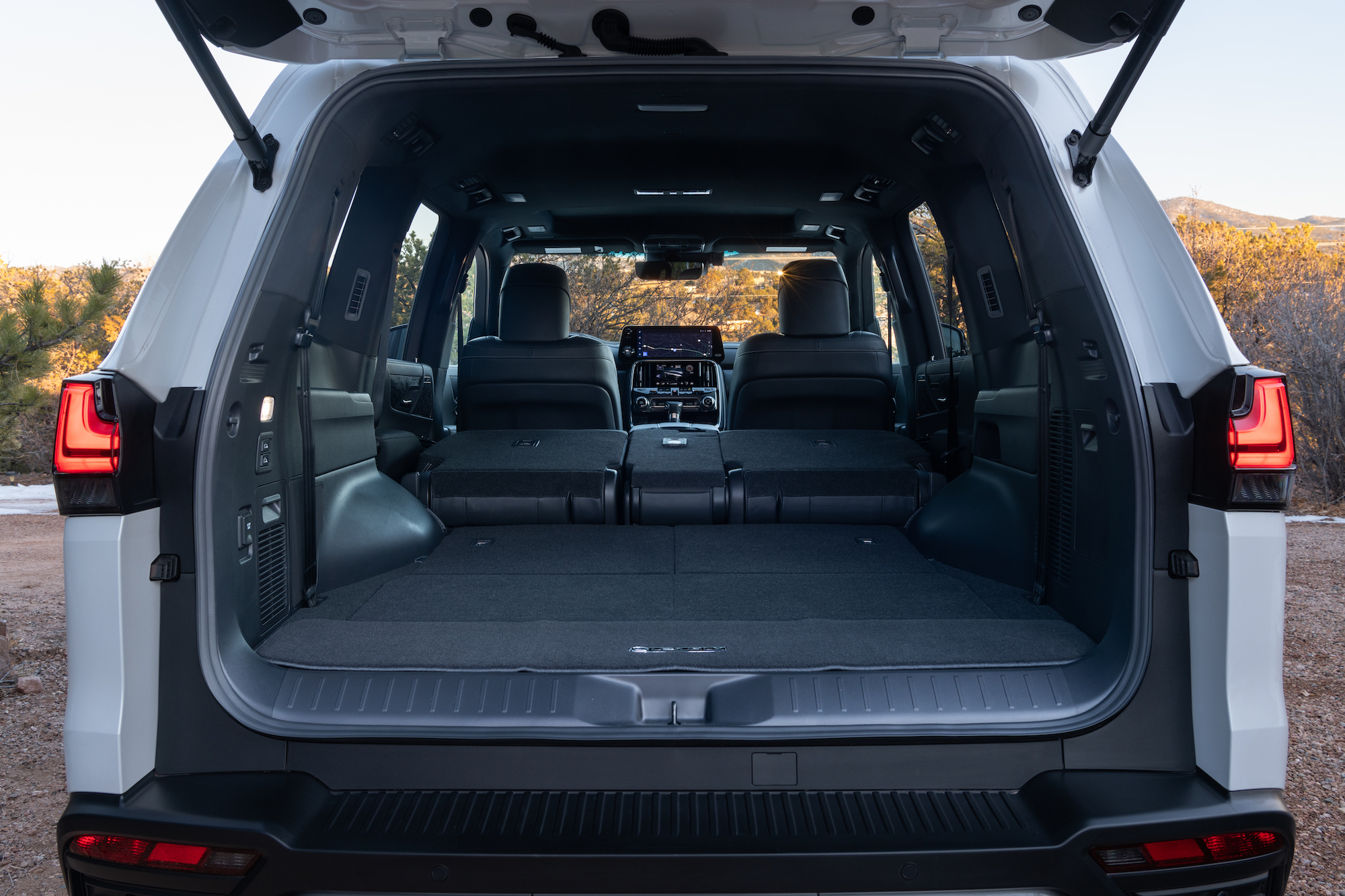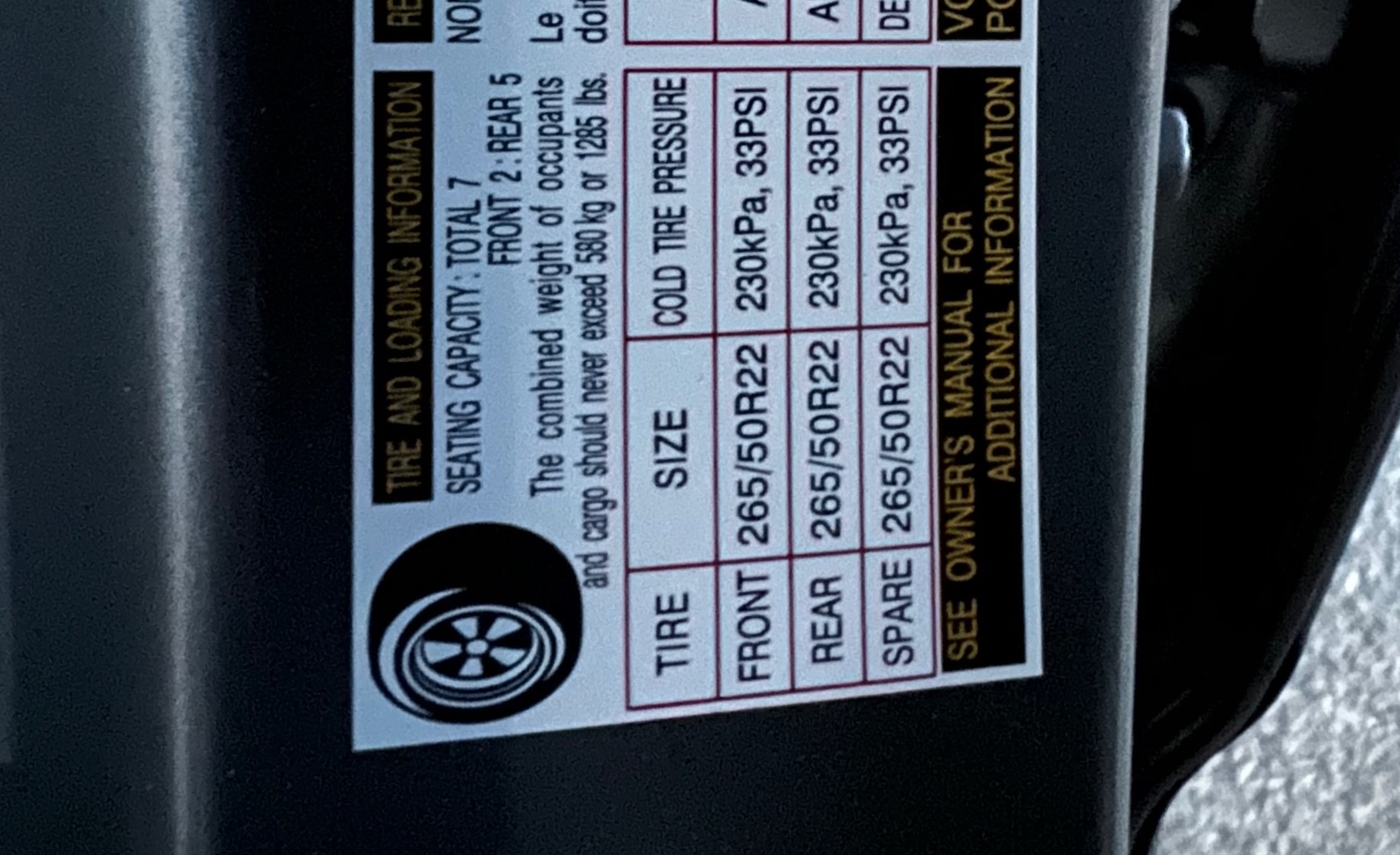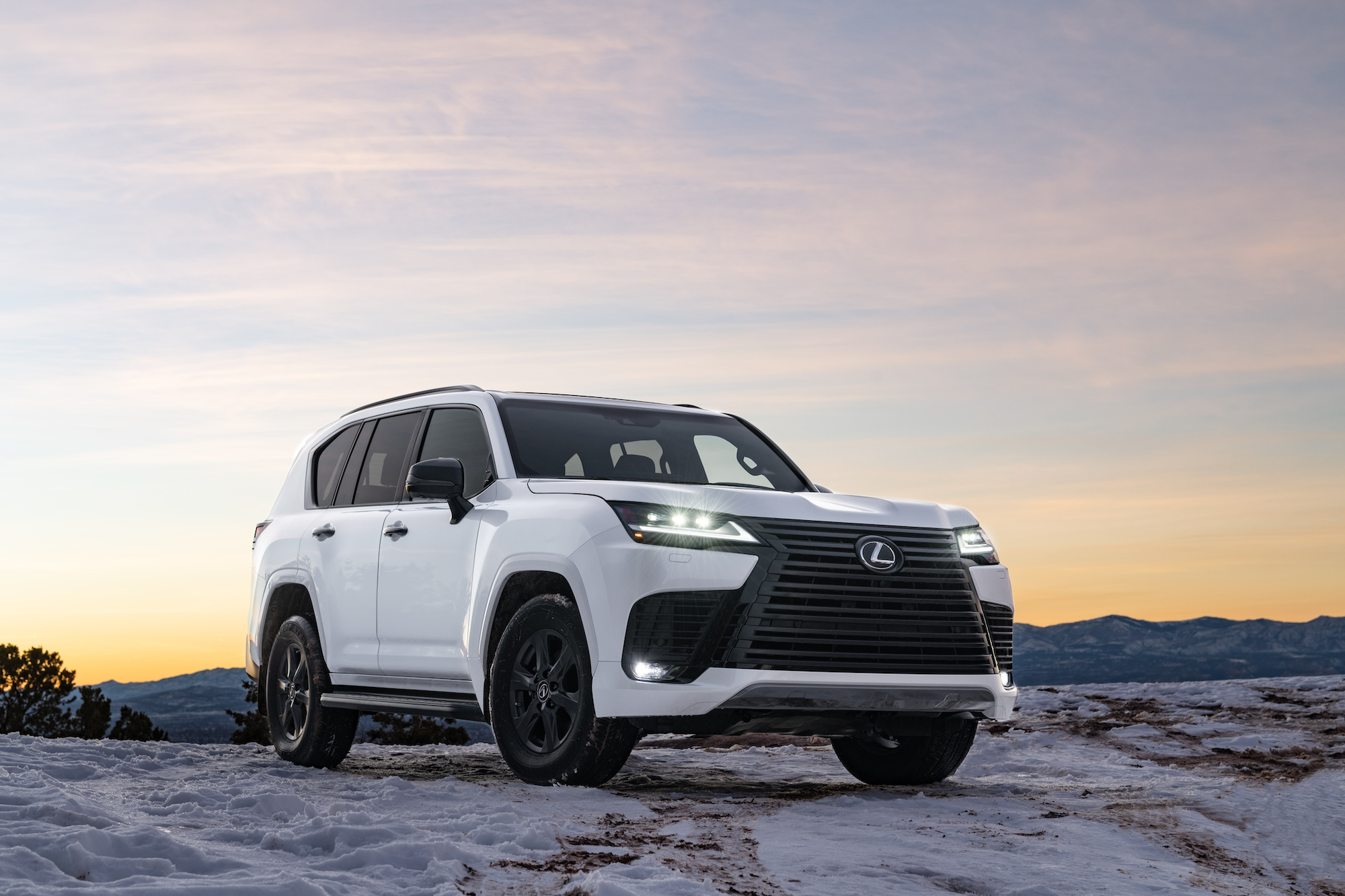The New North American 300-Series Land Cruiser Wears a Lexus badge.
The Land Cruiser remains one of the most exceptional and prolific overland platforms ever created, with every variant carrying the legacy of the original 1951 BJ through almost 80 years of global exploration. In North America, we have enjoyed nearly every series of the venerated nameplate, with even the 70-Series being sold in Canada. However, that all ends with the 2022 model year; the impressive 300-Series Land Cruiser is being held back from our shores, with the Lexus LX 600 arriving in its stead.
This decision is not unexpected, with limited Land Cruiser sales and the challenges of selling a $90,000 SUV in the decidedly average Toyota dealership experience. Reality dictates that the Lexus dealership can better serve the buyer, and that showed in the sales numbers, with LX 570 deliveries outpacing the TLC 200 by two to one. Despite a collective chorus of sadness, Lexus is doing their part to provide a suitable alternative.

It is important not to have the Lexus badge or luxurious appearance confuse the reality of the platform, which is every part a Land Cruiser
Fundamentally, the LX 600 is a 300-Series, including a matching GA-F global chassis, 3.5-liter twin-turbo V6 engine (the diesel will not arrive here, but the iForce Max is likely), 10-speed automatic, low-range transfer case, differentials, and suspension architecture. The wheelbase is the same at 112 inches, and the track width is nearly identical. However, the differences are important and, at times, disappointing, including the absence of the all-new front and rear locking differentials and the Cruiser’s impressive 1,918-pound payload. Also missing is the E-KDSS system, which I would posit is one of the top 10 most significant innovations in 4WD in the last 50 years.
On the road, the new Lexus is sublime, with exceptional ride quality, low NVH, and a responsive drivetrain. The 409 horsepower V6 rips through the 10 gears, arriving at 60 mph in 6.9 seconds, less time than it would take an LX 450 to get through an intersection. Thankfully, a traditional transmission shifter remains, as do buttons and knobs for all the essential features. Even the center differential lock button, VSC off, and height adjustment is next to the driver in the center console. However, the loss of the E-KDSS is evident through more dynamic turning transitions when body roll becomes apparent. The additional roll does not have a material effect on ultimate grip and traceability; that limit is found in the tires well before the chassis.

It is clear that Lexus understands the overland opportunities with the brand, including this project with Jaos of Japan. Even the simple changes shown here significantly shift the appearance of the LX600 (note Appearance Package front grill)
As expected, the LX is opulent, which will undoubtedly delight the average buyer. The interior is available in multiple configurations, including an executive package with reclining rear seats and even a footrest. The base model is available without seven-passenger seating, which will significantly reduce weight and maximize payload to 1,600 pounds. Technology abounds, including multiple LCD touch screens and available entertainment screens on the back of the front seats. Seats are supportive with numerous adjustments, heating, and cooling. Apple CarPlay and Android Auto are both available and render apps like Gaia and OnX across the upper screen. A heads-up display helps communicate speed and other relevant notifications to the driver.


For overlanding, I believe it is important to get past the aniline leather and open-pore wood and acknowledge that this is still a Land Cruiser 300 at heart, including the revolutionary TNGA-F robotic-welded chassis that is stronger and lighter than the outgoing 200-Series frame. While E-KDSS is absent on the LX, it does have Active Height Control (AHC), which combines with the Adaptive Variable Suspension (AVS) to provide reactive damping and variable height when traveling off-highway. Typically, adjustable height suspensions use airbags to lift and level the vehicle, but the new LX uses a hydraulic system in conjunction with traditional coil springs to improve both the speed of the system and reliability—no more leaking air springs, punctured bags, or failed compressors. This solution also provides the added benefit of better ride quality and compliance at the off-road one or two settings, something that airbags cannot achieve. At speed on the dirt (think corrugated road), these systems provide the best ride quality of any LX or Land Cruiser to date.
In low-speed technical terrain, the LX is primarily limited by its approach angle of 25 degrees (with AHC in the highest setting). The multi-terrain select provides exceptional traction control effectiveness and driver control, while the crawl control has also improved markedly with less noise, whirling, and general discomfort as the vehicle attempts to manage its speed over uneven terrain. It works best while descending cross-axle terrain, managing braking at each wheel, reducing slip and understeer. This was most apparent on the optional 4WD route that the Lexus team gave me access to, providing a mix of sand, snow, and muddy surfaces.


Each wheel provided independent braking control, which kept the LX from sliding where it typically would with only driver control of the brake pedal. The AHC was also impressive in use, providing the much-needed ground clearance without abusing the occupants with an unbearable ride (as would be experienced in competitors’ air systems). The cameras are also useful and assist the driver with tire placement. One clever feature is turn assist, which was available on the 570, but has a few more tricks in the 600. This works just like the donut mode in the Ford Bronco, but Lexus doesn’t even reference it in the promotional material. In the sandy wash on the test track, the LX was able to turn around nearly within its overall length, achieved by locking the inside rear tire, driving the outside rear tire, and applying additional biasing to the front tires.

The new LX 600 is most deservedly still a Land Cruiser. For those of us that would use the LX in the backcountry or even to drive around the world, there are still models that closely approximate the 300-Series, and any shortcoming will eventually be addressed by the aftermarket. My concerns are directed squarely at the lack of E-KDSS, the dwindling payload numbers, and the complexities surrounding the front bumper’s gaudy appearance and aftermarket suitability (which also lacks integrated recovery points). The LX 600 drives beautifully on any road and performs admirably in the backcountry, fitting both the Land Cruiser heritage and the needs of future generations of overlanders.
$88,745 | lexus.com
Pros
Faster, smoother, and better fuel efficiency
Excellent moderate to high-speed dirt performance
Available appearance package and 18″ wheels
Every bit a Land Cruiser under the skin
Cons
Polarizing front grill complicates aftermarket support and trail clearance
The loss of E-KDSS hurts my soul
Payload can drop below acceptable levels for a 7-passenger SUV with 8,000 pound towing capability

A payload of 1,285 pounds on this Luxury model is an issue for a seven passenger SUV intended for towing. Subtract a 500 pound tongue weight, and each passenger can only weigh 112 pounds, bring no luggage with them, and zero modifications to the vehicle. A seven passenger SUV needs a minimum payload of 1,600 pounds. There are variants of the LX600 that can hit 1,600 pounds, like the base model five passenger unit.
What model to buy?
We suggest two ideal configurations for overland travel
1. To maximize payload (1,600 pounds), purchase the Base model five-seater and the optional 18-inch matte wheels. $88,745
2. To maximize technical-terrain performance, purchase the Luxury model with the Appearance, Active Height Control, and 18-inch matte wheel packages. $107,440



